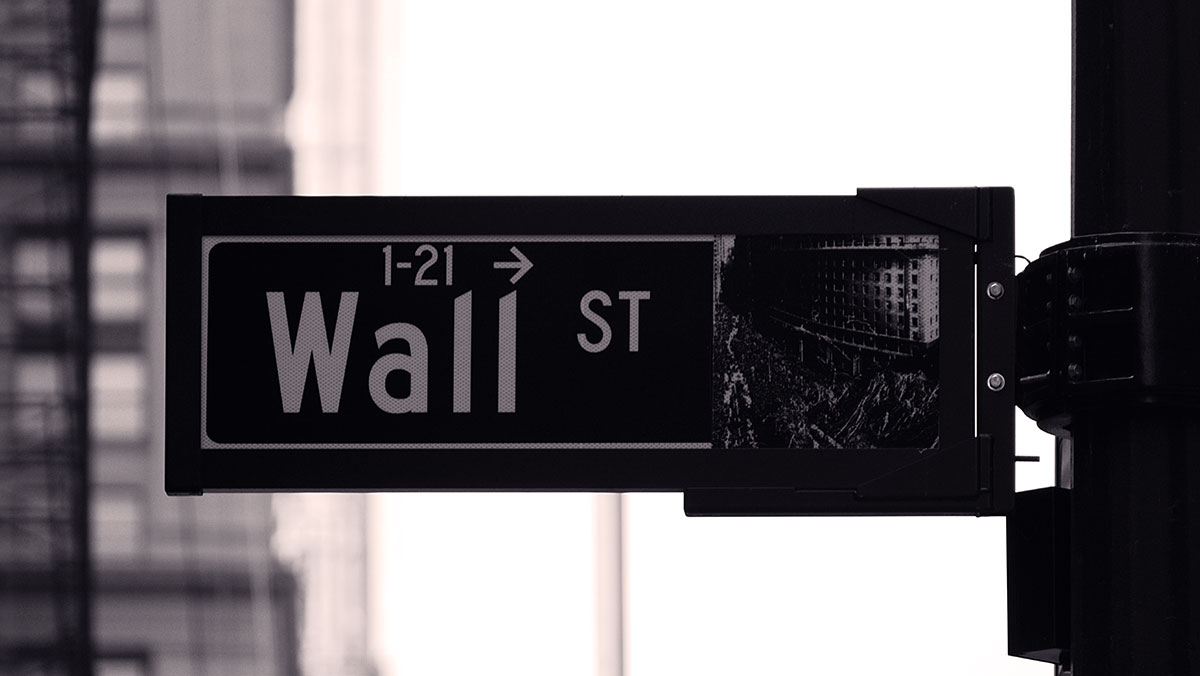
The impact of brand activities on top-line business returns has long been understood among CMOs. However, CFOs and shareholders are now starting to realize the importance of tapping into intangible assets; and more importantly, prospective investors are paying closer attention to brand reputation than ever before. Furthermore, there is currently no systematized standard for brand measurement, which leads to inconsistent analysis from one company to another, even if they are in the same sector.
As brand valuation is highly important in quantifying the intangible assets of a business, Brandingmag sat down with Susan Avarde, the former Head of Global Brand for Citigroup and Co-Founder of Brandometry, to find out more. Susan brings a broad range of marketing expertise from the worlds of finance, brand, and tech, and her company is the index behind the Brand Value ETF (.BVAL), a core thematic-investment index using qualitative brand signals to identify undervalued strong brands.
Brandingmag: What is a brand? How do you define one and where does its ownership stand?
Susan Avarde: A brand is a collection of perceptions, good and bad, about an organization’s people, ideas, and conduct. It’s what the world and stakeholders think — accurate or not — about a business. When assessing a brand, it is also important to draw a distinction between a corporate brand and individual brands. A corporate brand such as Unilever can be financially valued, however, a product brand such as Dove (owned by Unilever) is harder to price, except when sold. Hence ownership plays an important role, with respect to valuation.
 Bm: How would you describe the evolution of understanding what a brand is, judging by your experience of over 30 years in the field?
Bm: How would you describe the evolution of understanding what a brand is, judging by your experience of over 30 years in the field?
SA: Much has changed, almost anything can be a brand nowadays: services, individuals, cities, products, and even government agencies. When I started out, we used to mainly think about physical products as brands, which were brought to life through stunning design and clever advertising. Qualitative metrics were applied to guide marketing activities, but it wasn’t until recently that businesses started to think seriously about managing brand equity. Nowadays, corporations invest heavily in brand building, knowing it gives them a competitive advantage in delivering: premium pricing, customer loyalty, crisis protection, and differentiation as a bulwark against commoditization.
Bm: Having seen both the agency and client sides, what are the rights and wrongs in the communication between the two? Also, which one do you prefer?
SA: There are merits to working on both sides of the agency/client equation. At an agency, one can enjoy exposure to multiple sectors and different business challenges. Whereas the client-side gives you the advantage of leadership, employing the relevant talent according to the market conditions. Consumers want relationships with brands that reflect their values and while agencies have been strong advocates for tackling key issues such as race, gender, and in some cases even expectations on political opinions, it has to be the brand led by the management team that jumps onto fault-lines, leading the conversations. So ultimately it is more rewarding to be the client-side.
Bm: Where does brand strategy stand at the table of corporate C-level meetings, amongst marketing strategies and financial evaluations?
SA: Some businesses rely heavily on brand strategy as a growth driver. Luxury goods are a good example, and in these businesses, it is tightly controlled by the CEO. But broadly speaking, both the strategy and creative will be approved at the C-level and even sometimes by the board. However, the management team is less likely to get involved in the wide variety of operationalization tactics, preferring instead to review ROI and key activation milestones. Financial evaluations of the relative success of a brand strategy are under constant review, but the process for most major US corporations has yet to include any assessment of the brand’s contribution to future cash flow.
Bm: What are we referring to when talking about brand value? Does it strictly relate to the financial conversion of itself or is it more than that?
SA: There is a rather muddled approach to the terminology around ‘brand’ because brand equity and brand value are used interchangeably. Brand value refers to financial value (i.e. the brand’s contribution to market value). It is essentially a sub-set of a larger portion of value known as intangible assets. If one subtracts book value from market cap, one soon finds that intangibles often represent more than 85% of corporate value and brand value can be a significant percentage of anywhere between 14-22%. Brand equity, by contrast, is a softer measure of aggregated perceptions: name recognition, quality, associations, and much more. Marketing activities build equity, which in turn can be converted into a dollar number, resulting in brand valuation.
Bm: You recently stated that we’re living in an idea-driven economy. If so, then wouldn’t it make more sense for brand value to sit with an idea-driven professional, like a CMO or a CBO (Chief Brand Officer), rather than with a financially-driven one, like a CFO?
SA: There is no clear governance regarding who has responsibility in the C-suite or at the board level, which is a challenge especially since intangibles have grown exponentially over the years. Ideally, brand value should sit with a CBO, but this requires more CBOs to be appointed. Some CMOs are embracing metrics but do not have oversight across all the required functions, meanwhile, CFOs have the teams in place to analyze the data but often have less interest, because it is not a GAAP accounting requirement. When the question “What’s your brand worth?” surfaces on a quarterly analysts call, it will be the CFO who is on the front line so, for now, they still seem like the best candidate.
Bm: What is the difference between qualitative and quantitative brand valuation methods? Do they differ in method, scope, or result? Should one be preferred over the other?
SA: Both methods are useful to answer different questions. If you want to know if your brand is resonating with your target, you need qualitative data, but if you want to evaluate the financial impact, a quantitative financial method is required. Financial-valuation methodologies are generally split into four approaches: income/discounted cash flow, market-based, royalty relief, and costs (advertising spend/historical costs). However, these are only as good as the underlying data, and one of the key challenges is that some endeavor to give value by only using publically available data renders an incomplete picture. Others rank brands, which can be useful in assessing relative competitive strength. But until auditors lay down guidelines, it is an evolving science. It is worth mentioning that a new type of scoring has also become important, that of ESG. Brands with a high social score (the S in E-S-G) are very likely to weather economic challenges better than poor-scoring competitors.
Bm: What is the .BVAL Index and what are the pillars of its existence? Where does it stand among other brand valuation methodologies?
SA: The Brand Value Index identifies 50 of the strongest but undervalued brands, thereby helping investors know the right time to invest. We rebalance annually using data from CoreBrand® Analytics, which was developed using a market-based, brand-valuation method. The pillars include overall reputation, management strength, and the likelihood of investment by the survey respondent. To be eligible for the index, firms must be US companies with a market cap of over $1B and with a positive ROIC. To determine whether a company is undervalued, we look at spreads in the ratio, seeking the disconnect between a strong CoreBrand power score, and a low underlying stock price. The 50 with the biggest delta (out of 500) are included in the index.
Bm: If the .BVAL Index aims to identify undervalued brands in the U.S., does it mean that the market is currently artificially controlled by subjective brand evaluations — which, consequently, results in unfair competitiveness?
SA: The Brand Value Index is the only investment index to use brand measures; it is unique. However, our .BVAL index is only one out of over 5,000+ US equity indexes designed around a variety of investment theses. So, there is no concern with the market being artificially controlled by subjective evaluations. But some might ask why has it taken so long for market analysts to pay attention to the value built by marketers? Marketers know a brand is a business asset, and now Wall Street is interested in leveraging the value created.
Cover image sources: Rick Tap